My philosophy is that if you build a street machine, it should be exactly that – something you can take on the road whenever you want and give it a hit,” says Joe Agnello, owner of this magnificent 1965 Mustang. It seems the punters at Summernats 20 liked that thinking, awarding the Mustang the People’s Choice gong on debut, surely one of the most satisfying awards any car builder can hope to win.
First published in the March 2007 issue of Street Machine

The streetability of the car shines through in many areas: the way the exhaust and other underbody parts have been tucked up tight against the floor for ground clearance, in the everything-under-the-bonnet subtlety of the engine bay and in the comfortable confines of the interior, complete with air conditioning, power windows and plush trim. Put simply, it is a car that just begs to be driven, not hidden.
On the other hand, the build quality is also exemplary; the Summernats judges awarded it a spot in the Elite Top 10, as well as Outstanding Engineered Super Street and Second Top Standard Paint. It’s one thing to get the concept right on a neat street car, it’s another thing altogether to build one with the paint, panel and trim quality to stand toe-to-toe with cars built by legends of the calibre of Paul Bennett, Drago Ostric or Shane Rowe.

What makes Joe’s achievement all the more impressive is that the entire job was done in just 12 months!
“I’d helped my uncle Frank through a number of rebuilds of his Mustang and I was inspired to get one of my own,” says Joe. “So I bought a shell out of the States. When it arrived, I was horrified.”
As often happens, the car didn’t live up to the description but Joe set his shoulders and jumped headlong into a complete rebuild. The sad shell was stripped, sandblasted and much of it replaced with new metal, including one quarter panel, the floorpan, firewall, boot floor and beaver panel. Nasty, but it meant that the car had a flat floor and firewall straight away, big advantages if you’re intending to build an Elite-level ride. Mini-tubs went in at the same time and the steering was converted from left to right hook.


Joe’s major helper at this stage — and throughout the build — was Tony from New Age Customs. But with the aim of having the car ready for Summernats 20, Joe called in more manpower; Glen Jordon and Dennis Jadric put in 100s of hours to get the body straight. And straight and smooth it is, with the bumpers tucked into the body and the door locks smoothed over. The trademark round indicators were deleted and replaced by BMW M3 items located in the bumper up front, while the rear indicators were worked into the edge of the factory stop-light assemblies. Neat cut-outs were incorporated into the beaver panel for the exhaust, then the whole panel was welded into the body.
“I’ve seen a lot of nice Mustangs at shows but the gaps around the beaver panel are always out. It seemed easier to just make it part of the car,” says Joe. The factory grille was also replaced with a US-made billet item, sourced from Capital Classic Mustangs.
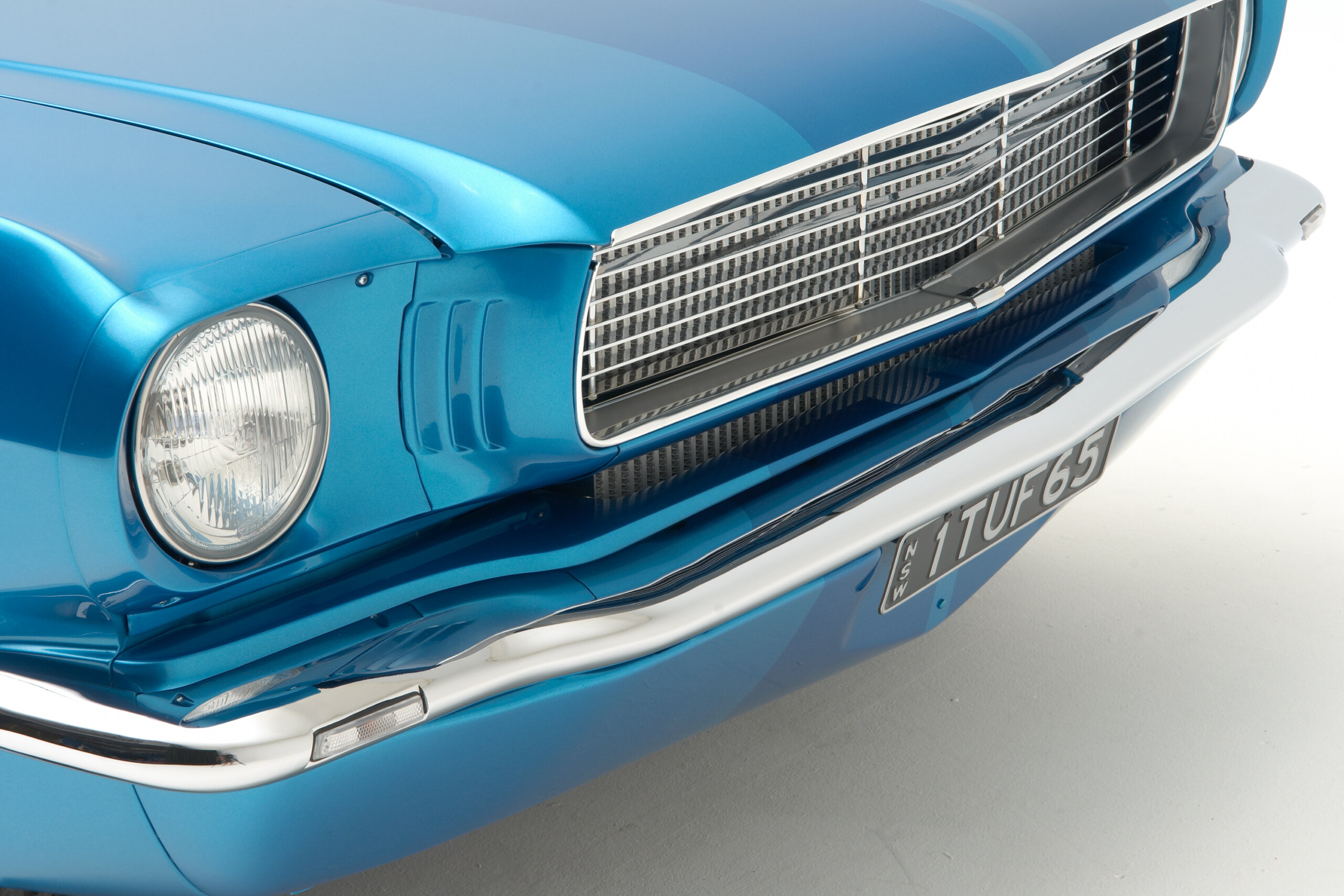
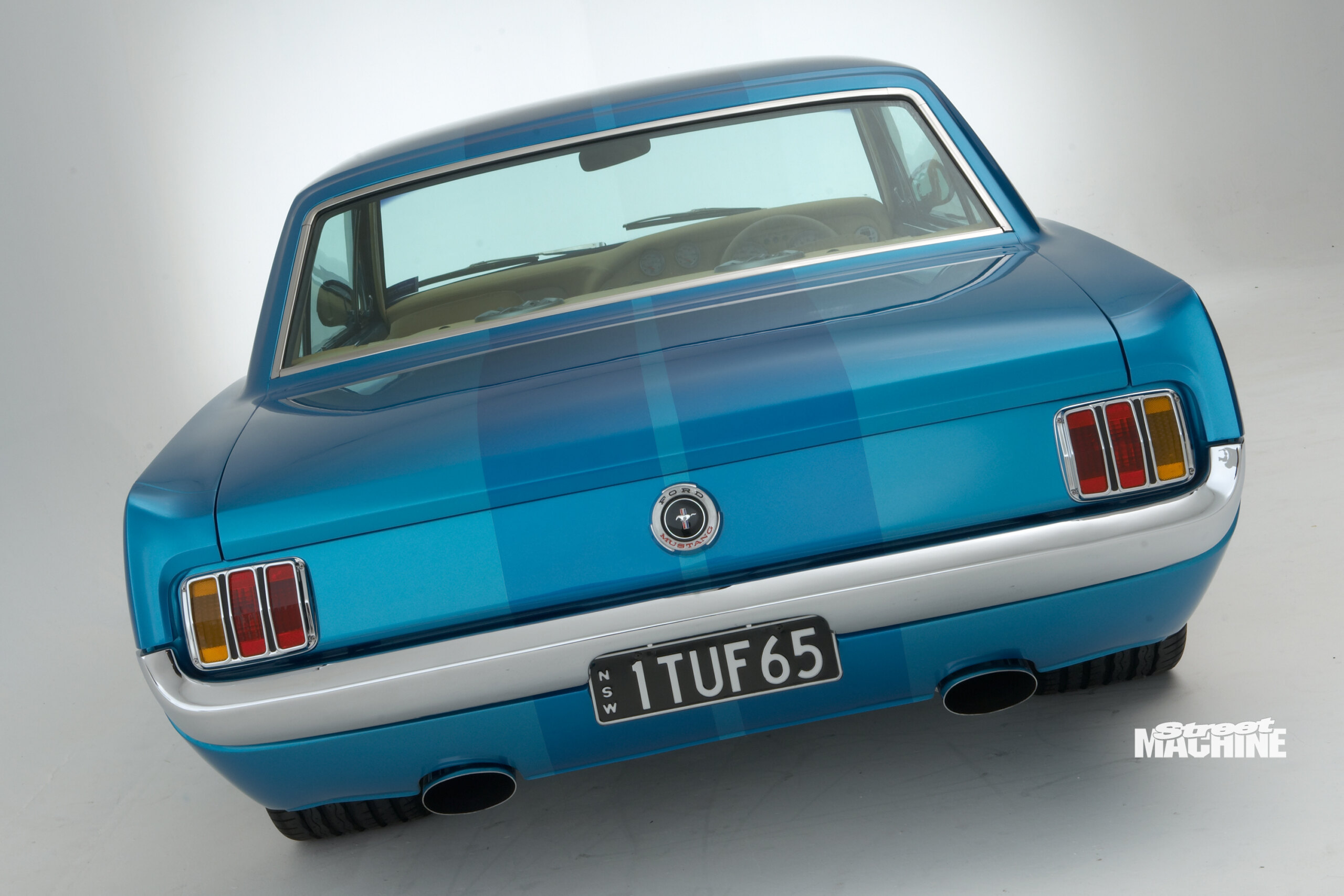
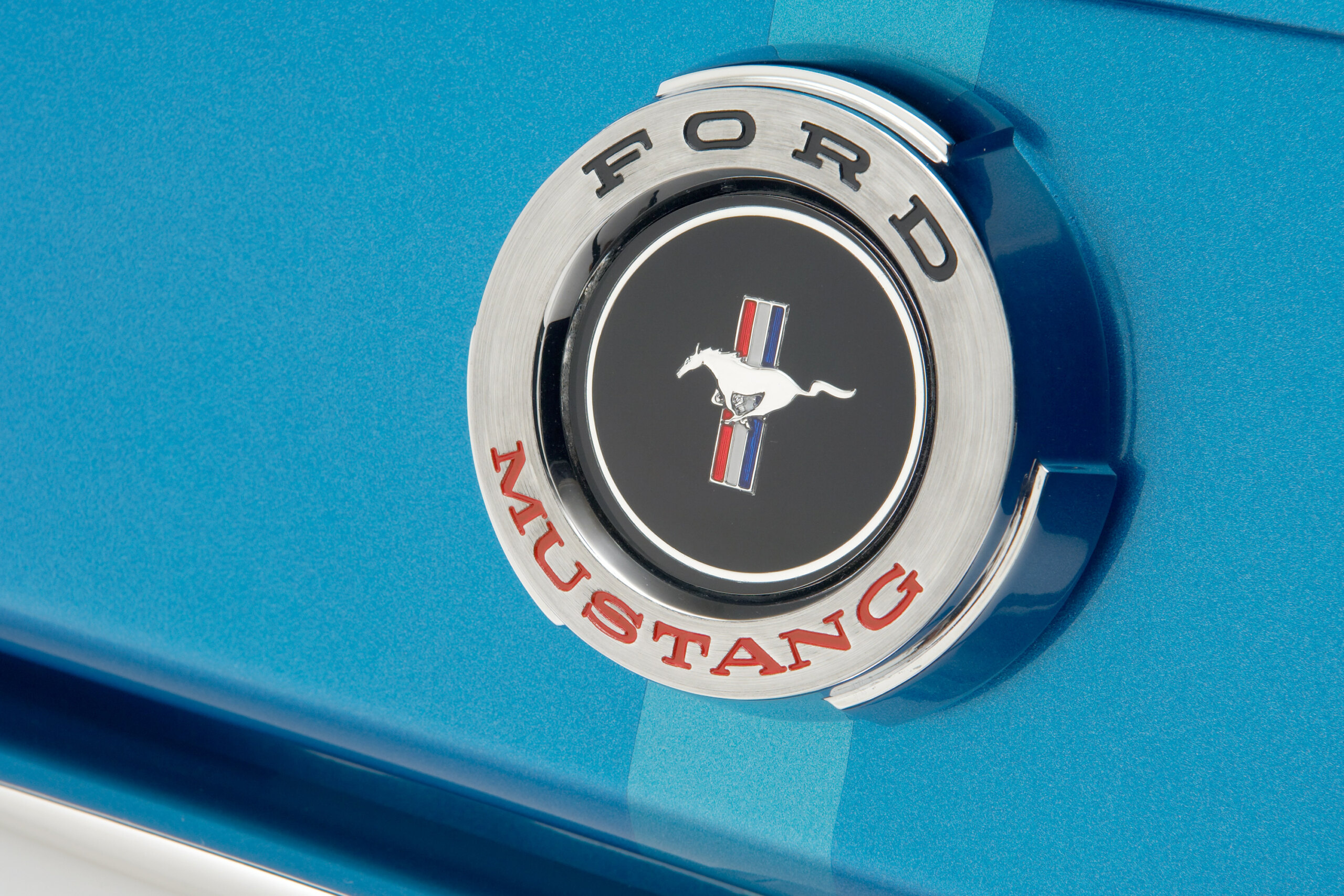
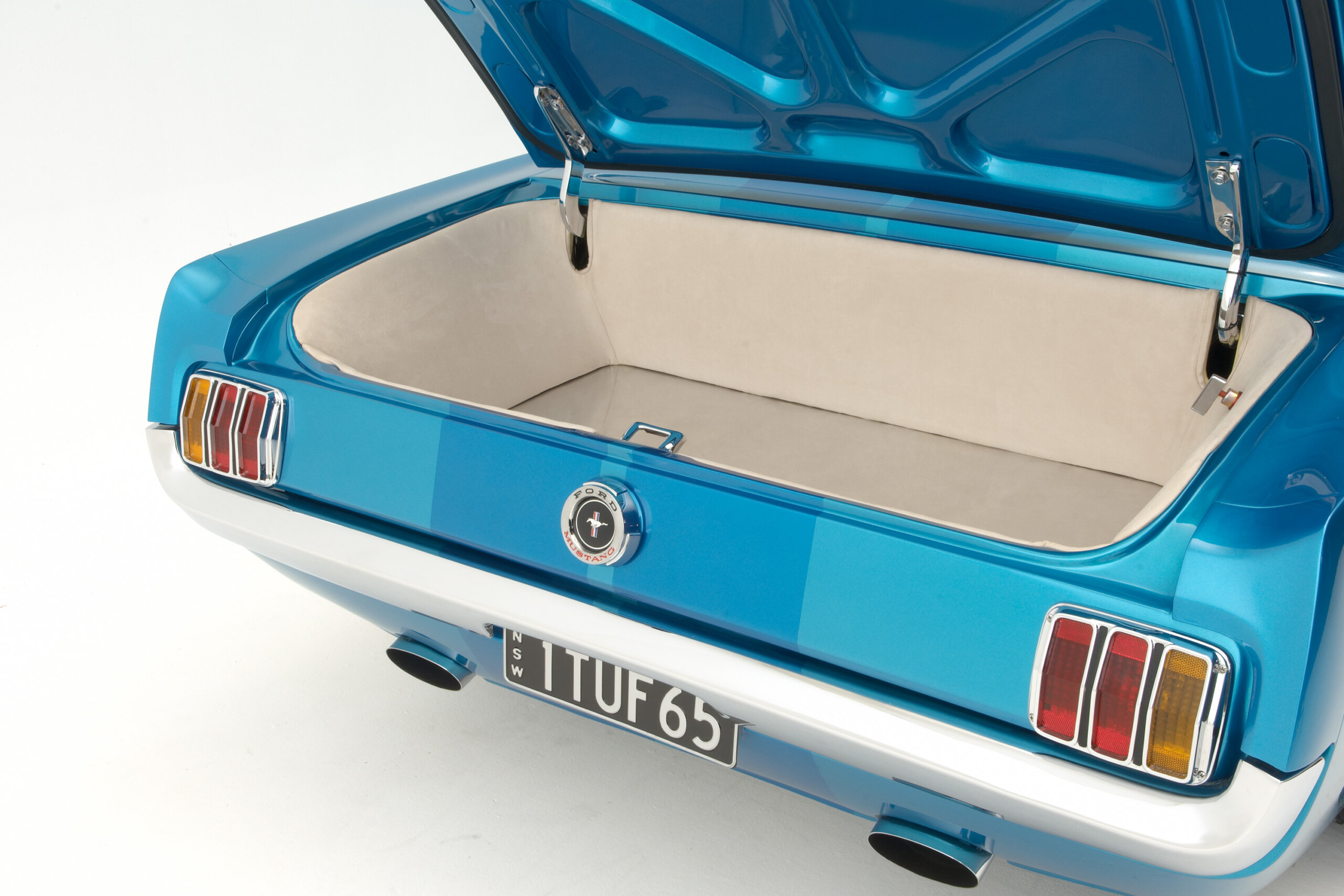
Phase two of the build was handled by Colin Hill Engineering, ensuring Joe not only had a car that looked sensational but also drove way better than new. Colin began by adding chassis connectors for strength, then converted the rear suspension from the factory leaves to a four-link with Spax coil-overs, all without intruding on the mounts for the rear seats — very tricky on this model of car. The rear end was stuffed full of nine-inch diff, complete with a full spool, billet 3.7:1 centre and 31-spline axles.
The suspension done, Colin was faced with the immense task of fabricating and squeezing in the life-support systems for Joe’s desired powerplant — a twin-turbo Windsor. Not only did Colin have to find space for the huffers but also the 90mm intercooler, fuel rails, a 70mm alloy radiator, three-inch exhaust, low-line twin-throttlebody intake manifold, as well as air conditioning and power steering pumps! All that gear had to function, of course, but it also had to look good. You’d have to agree that Colin and Joe succeeded, with a beautifully symmetrical installation.



As impressive as the engine bay is, the interior consumed almost as much time and brain power at the third phase of the operation, which took place back at the New Age Customs workshop. Joe and Tony designed the dash, console and rear seat surrounds, then turned them into fibreglass reality, which they wrapped in leather. The rest of the interior was trimmed in bone leather and suede by the boys at Prestige Plus Upholstery, with matching Mercedes short-pile carpet.
That left Andrew Ash at AA Panel Craft with just six weeks to apply the paint. In a massive display of trust, Joe also left Andrew to answer the vexed question of what colour to paint the car. It turned out to be House Of Kolor Teal, with a pair of subtle skunk stripes for that traditional muscle car vibe.
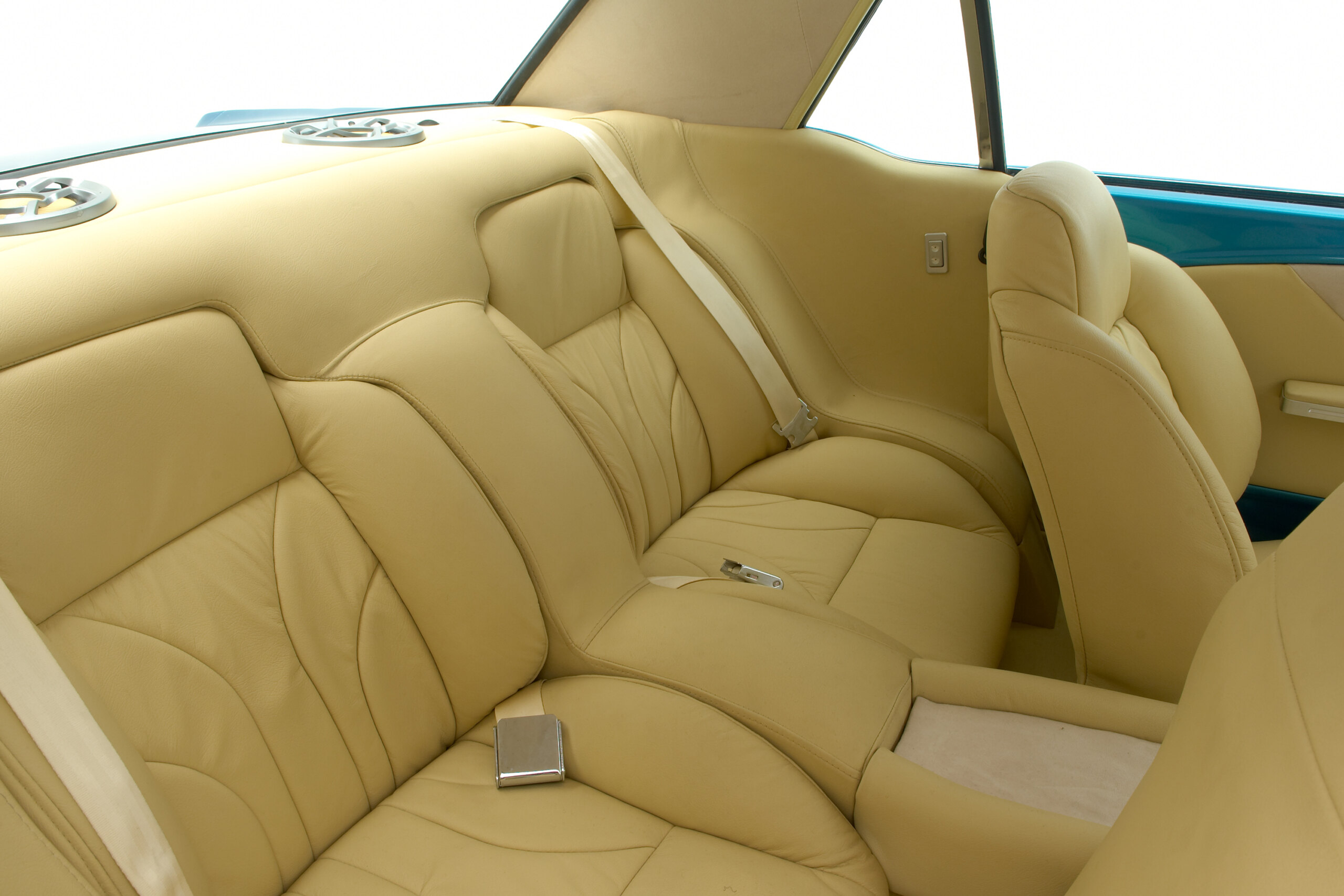
The car then headed for Joe’s own garage where the front suspension was fitted — an RRS strut conversion complete with rack and pinion steering and twin-piston PBR stoppers. The driveline was fitted next. Kit Hunter created the donk, a short-deck 347ci Windsor, built from a brand new Dart block, with Dart alloy heads and all the internal goodness necessary to cope with boost, including 7.9:1 Arias forged pistons.
That done, Joe, Tony and Steve Kuzo wired the whole car, a big job when you consider it included engine management, a Honda S2000 starter button, air con, power windows, central locking, twin batteries in the boot and bulk ICE! They then plumbed the fuel system, which consists of two main pumps, two primer pumps and dual surge tanks for a safe, consistent delivery of PULP.



“We used enough braided line and Speed Flow fittings to open our own shop,” laughs Joe.
The finishing touch was the rolling stock — a set of 18×8 and 18×10 Intro Pentias on Pirelli rubber.
“We were on a high the first time it started,” says Joe. “My dream had become reality. We had the car ready in just 12 months and I couldn’t have done it without a lot of help. In the final three months we had BBQ dinners every night and consumed 50 cases of Johnny Walker and Coke. Big thanks to my wife, Caterina, and to Tony’s wife, Teresa, for putting up with it!”



After Summernats, the car was quickly pulled back down for even more detailing and a session on the dyno. Joe will then not only hit the road in earnest, but also the show circuit, with appearances planned for Powercruise 8 at Eastern Creek Raceway and at the Brisbane Hot Rod Show. Enjoy!
Engine bay in detail:

1. Except for the base plate from a Weber-style unit, the intake manifold was entirely fabricated by Colin Hill, including the intake runners, which are topped with radiused bellmouths. The plenum was made from thick aluminium to prevent cracking under boost. Running a distributor rather than coil packs meant Colin had to do some fancy work to fit the twin throttlebodies.
2. Colin also fabbed these neat matching tanks. Driver’s side is for power steering fluid, the other is the radiator overflow.
3. The turbos are internal wastegate water-cooled Garret GT30s, driven by waste gases from a pair of custom 1.75in stainless steel extractors into a pair of log manifolds.
4. Fitting the hefty radiator and intercooler meant the support panel had to be trimmed, leaving no room for the factory centre-mount bonnet catch. It was replaced by Mercedes items on each side of the engine bay.
5. The factory-fitted spindly double A-arms and clunky steering box were dumped in favour of an RSS strut set-up, complete with power steering rack and twin piston discs. Neat strut covers were machined by Neil Brown.
Interior in detail:

1. The trick push-button starter is a neat detail that was lifted from a Honda S2000.
2. Billet Specialties goodies are everywhere inside, including the air conditioning controls, power window buttons, handbrake, steering column, pedals and tiller.
3. Dash, centre console and rear seat surrounds were formed in fibreglass, consuming 400 man hours of labour, then trimmed in leather.
4. The air conditioning unit lives where the glovebox used to be. The lines all run under the guard, hidden by a factory-style panel.
5. Front pews are also from a Honda. A Prelude this time but you’d never know!
JOE AGNELLO
1965 FORD MUSTANG
| Paint: | House Of Kolor Teal |
| DONK | |
| Type: | Windsor 347ci |
| Block: | Dart |
| Heads: | Dart alloy |
| Valves: | Inlet 2.02, exhaust 1.6 |
| Pistons: | Arias 7.9:1 |
| Crank: | SCAT |
| Rods: | SCAT |
| Cam: | Comp Cams roller |
| Turbos: | Garret GT30 ball bearing, heat coated |
| Intercooler: | 90mm |
| Throttlebodies: | Twin 60mm |
| Injectors: | Rochester 800cc |
| Fuel pumps: | Aeromotive x 4 (primer x 2, main x2) |
| Ignition: | MSD distributor, Bosch coil, MSD leads |
| Exhaust: | Stainless turbo manifolds, dual three-inch system, Hooker mufflers |
| ECU: | Autronic |
| TRANS | |
| Type: | C4 |
| Converter: | 2800rpm |
| Diff: | Nine-inch, 31-spline axles, 3.7:1 gears, full spool |
| BENEATH | |
| Suspension: | RRS struts and shocks (f), four-link, Spax shocks and springs (r) |
| Steering: | RRS rack and pinion, VT pump |
| Brakes: | PBR twin-piston calipers, DBR rotors (f), single-piston calipers, DBR rotors (r) |
| Booster: | VH44 |
| INTERIOR | |
| Seats: | Honda Prelude |
| Wheel: | Billet Specialties |
| Gauges: | Auto Meter, Turbosmart boost gauge |
| Shifter: | B&M |
| ROLLING STOCK | |
| Rims: | Intro Pentia, 18×8(f), 18×10 (r) |
| Rubber: | Pirelli, 215/40 (f), 295/40 (r) |
THANKS
Uncle Frank and Tony, New Age Customs; Colin Hill Engineering; Glen Jordon, Dennis Jadric; Bob, Combination Automotive; Rob, Competition Coatings; Peter & Matt, Prestige Plus Upholstery, Andrew AA Panel Craft; Shane, Electroplating Technology; Kit, Gen Tech; Dragi, Day & Night Towing; Travis, Specialised Towing; Todd, Air Addiction; Skip, Mick’s Metal Master Fabrications; Barbara, TCR Carponents; ACT Diff Doctor; Neville Browne, Spiro, Theo, Paul, Frank M, Vic Brock, Steve, Dom & Trev.
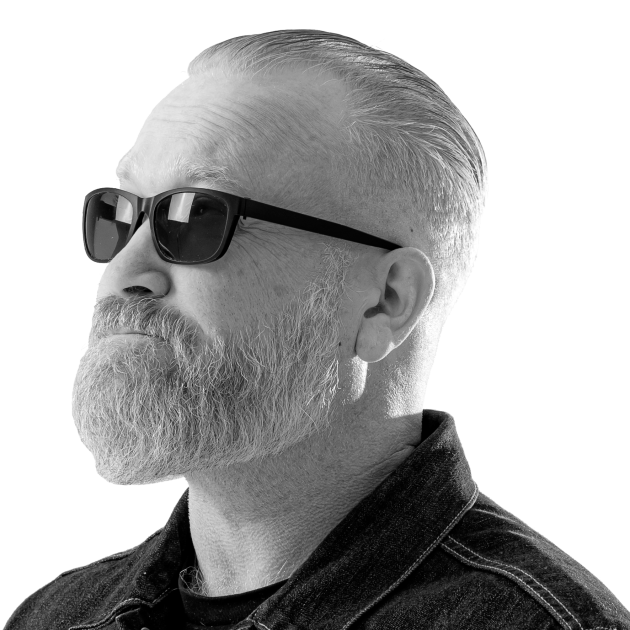
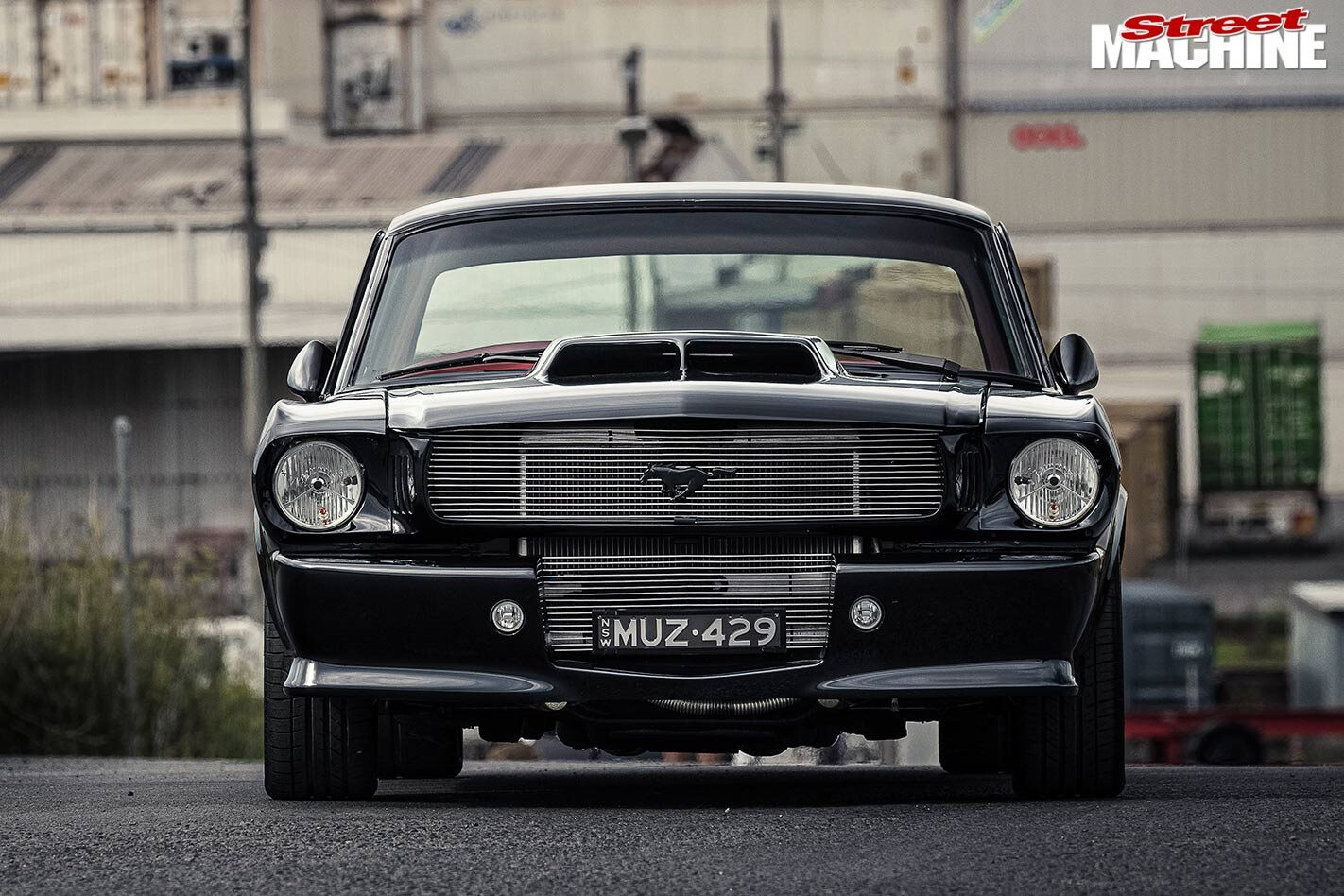
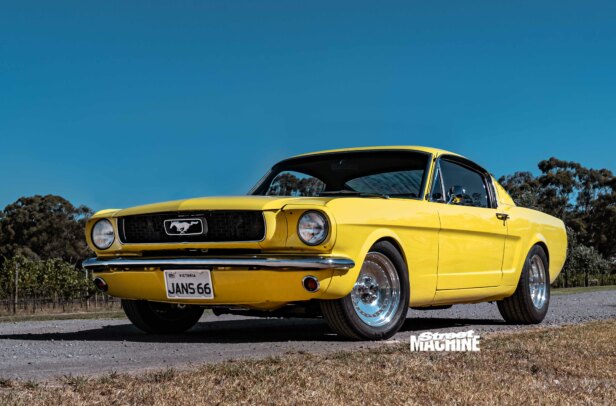
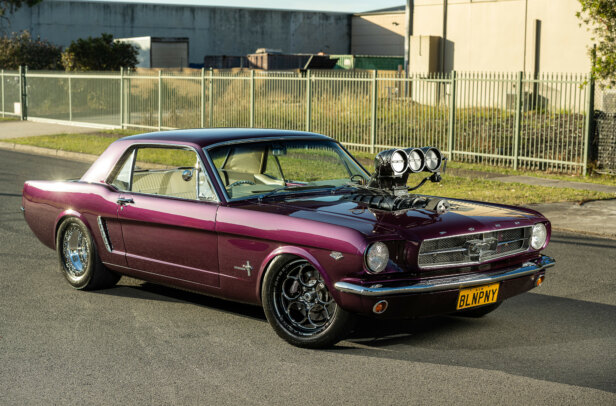
Comments